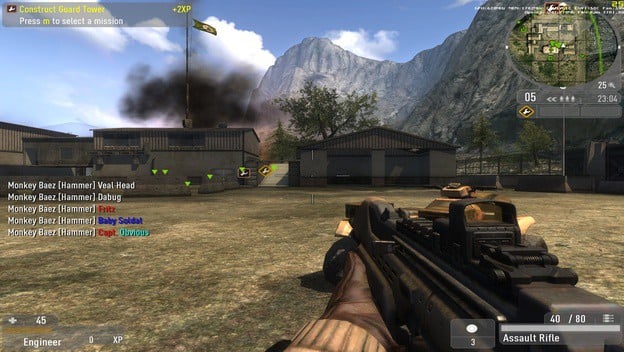We, as gamers, all know the professional eSports dream. We would love to be able to make a living playing video games professionally. We would love the fame that professional football or basketball players get, for our game of choice. However, there are lot of things that prevent professional eSports from taking off. Nevermind the problems with sponsorships, rights to run tournaments, ownership of the actual games being played, and the constant changing and updating of the very rules of the game itself, eSports faces a bigger and simpler problem before it can take off: no one is watching.
That’s not to say that eSports aren’t thrilling and exciting. It’s just that we haven’t figured out the best way to broadcast them yet. After all, the biggest Call of Duty tournament numbers on Twitch.TV still pale in comparison to the SuperBowl, and that seems to make sense right? After all we have had years to perfect our football watching experience. We have commentators, play by play overlays, digital stat cards, hovering cameras over the field for in close looks, and some dude up in a booth drawing Xs and Os over your TV screen. Do we have the same for FPSs? Not really.
Think about how you spectate an FPS game. First of all, the commentators don’t nearly compare to professional sports commentators. The job of any commentator should be to break down the action for the people watching, even if they have never played the sport before. They are the go between for the professionals and the people at home. Unfortunately, eSports commentators tend to rattle off facts that only pros know. They rarely describe why different “plays” are good or bad. They don’t reference the metanarrative of players, rivalries, teams, and training. They, instead, commentate only for the people who already play the game, not the general public. That’s not going to boost your numbers.
Similarly, there’s no good way to watch an FPS game. Think of how you watch a football game. You get to see a dynamic camera angle of all of the action. At times you get to see all the players at once. At times you get to follow one player as he runs down the field. Sometimes the camera will focus on the quarterback ready to make a pass. Sometimes the camera will focus on the end zone as players get near it.
Now what do you see in an FPS game? You get to see the action through one player’s eyes, and that’s all. Imagine if we had to watch a football game through a first person view of only one player? It would be terrible!

So to fix this we, once again, need a go between. Basically, someone has to be in charge of a “camera” that can easily noclip through walls, look at everything from a top down perspective, follow players, and more. We have to be able to see the action happening all at once, so we have a feeling of the big picture. This can allow people to get up and cheer when a flag is taken, or get on the edge of their seat when someone is desperately defending a capture point with a few seconds left in the game.
Another good parallel is the world of professional poker. It wasn’t really fun to watch poker until the hand camera was introduced. Before the handcam, the spectators were in the dark about what was going on. Everything up until the river (the final card turned over) was just dead time. People couldn’t tell if players were doing well or not. Then the handcam was introduced and all the spectators at home knew exactly what every player was holding in their hand. Overlays were introduced to tell you the probability of that hand winning. Spectators could follow the action as each player tries to out bet each other.
The same needs to be done for FPSs. The underlying information needs to be made public. Spectators need to know why a player is taking the route he is taking to a flag. Spectators need to know that an opponent is camping, waiting for the other team to run out into the open just to snipe them. Spectators need to see the knife being thrown and scoring the one kill that wins the game. Once that happens, professional FPSs would be far more easy to digest for the general public.
